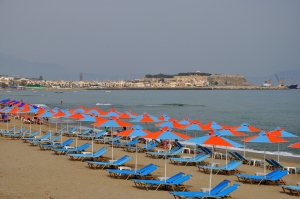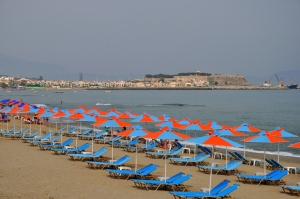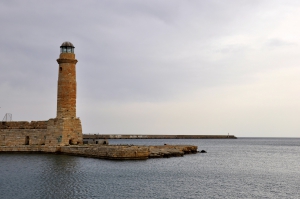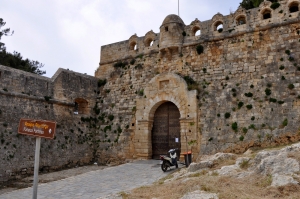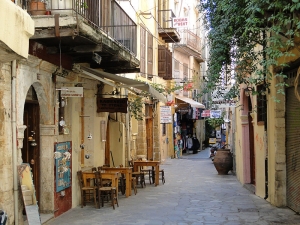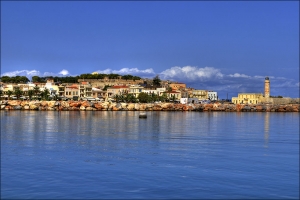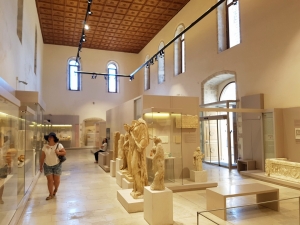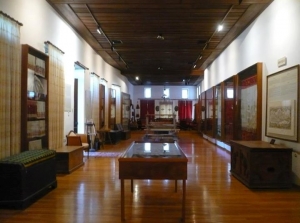The sandy beach of Rethymno is located just 1km east of the city centre, next to the Venetian port. It's a lovely beach with golden sand and crystal clear shallow waters, very well organized and close to all amenities of the city.
Der Sandstrand von Rethymno liegt nur 1 km östlich des Stadtzentrums, neben dem venezianischen Hafen entfernt. Es ist ein schöner Strand mit goldenem Sand und kristallklarem seichtem Wasser, sehr gut organisiert und nah an allen Annehmlichkeiten der Stadt.
The lighthouse of the Venetian harbor of Rethymno is the second largest remaining Egyptian lighthouse in Crete, after the lighthouse of Chania harbor. It is built on the edge of the old sea wall of Rethymnon and it can be accessed very easily.
Fortezza fort dominates the hill Palekastro beside the old town of Rethymnon and is one of the biggest fortresses of the Venetian Era. It has been built on the site of the citadel of ancient Rithimna and the Temple of Artemis Rokkea. The grand pentagonal fort was built in the 1573 and has perimeter 1300m long.
The old town of Rethymnon is a preserved Renaissance city that bears elements from both the Venetian and the Ottoman Era. In the old town there we meet the street markets of Arkadi and Antistaseos Streets. Above the old town we meet the imposing fortress of Fortezza that once protected Rethymnon. The picturesque narrow alleys housemany restaurants and taverns with traditional music.
The Venetian Harbor of Rethymnon, next to the modern harbor of the city, with the Egyptian lighthouse is one of the most picturesque areas of the old town. It operated in the Byzantine period (after 961), but flourished during the Venetian period. The Venetians in the 14th century started major projects to facing the problem of siltation, which holds till today.
The Archaeological Museum of Rethymnon is temporarily hosted in the basilica of Agios Fragiskos (St Francis) in the old town of Rethymnon. It hosts exhibits from various excavations around the prefecture of Rethymnon which represent all periods from the Neolithic Age to the Roman period.
The Historical and Folklore Museum of Rethymnon was founded in 1974 and is housed in a Venetian building (17th century) that is a wonderful example of urban residence of the last phase of the Venetian occupation of Crete, in Renaissance.















-28c51c1b50.jpg)


